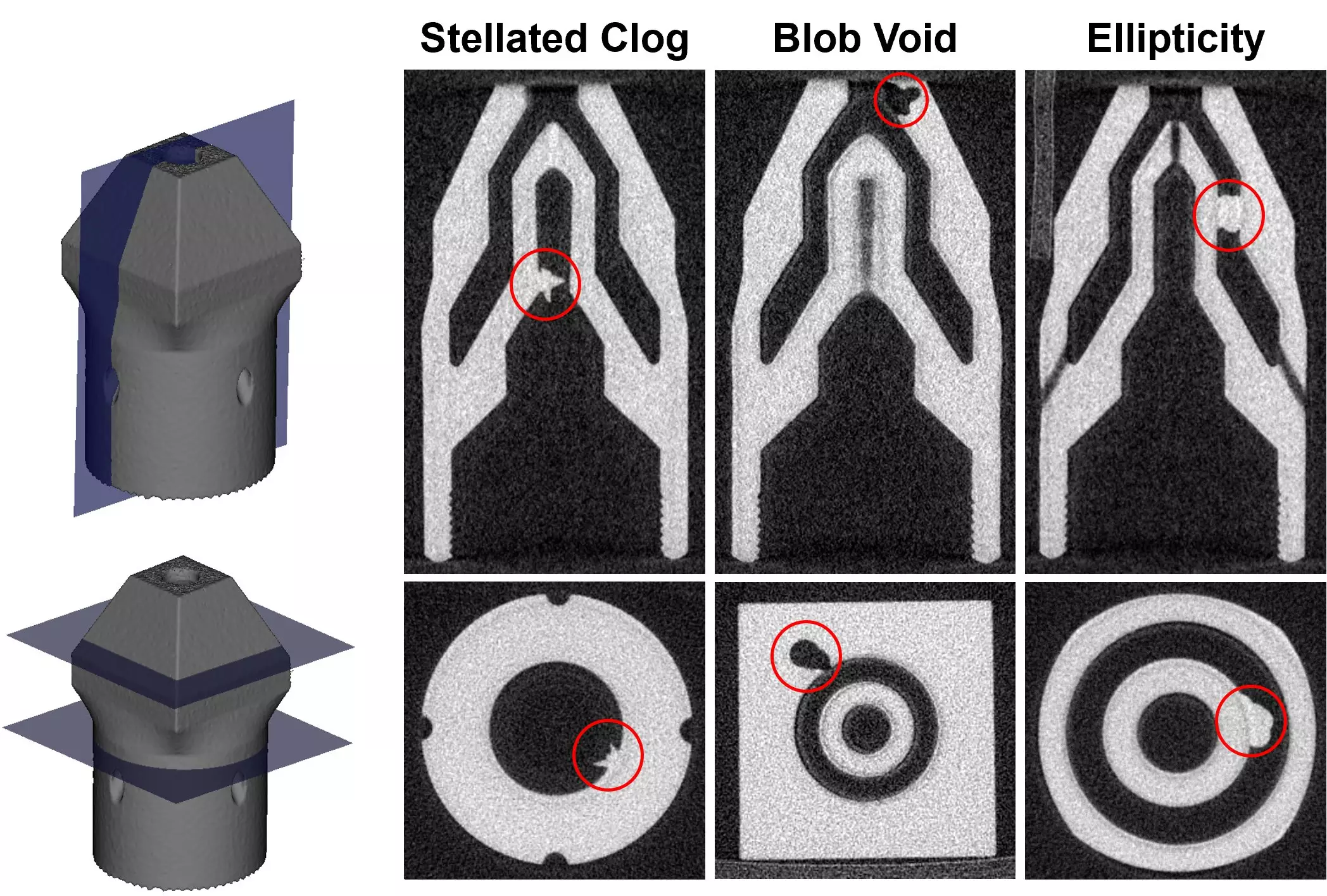In the world of manufacturing, one of the most critical tasks is ensuring that the components produced are free from defects. However, in the realm of additive manufacturing, also known as 3D printing, this task becomes particularly challenging. The reason behind this difficulty lies in the fact that additive manufacturing is capable of creating components with intricate three-dimensional shapes and internal features that are not easily visible to the naked eye.
Researchers at the University of Illinois Urbana-Champaign have recently introduced a groundbreaking method for detecting defects in additively manufactured components. This novel approach utilizes deep machine learning, a form of artificial intelligence, to significantly enhance the defect identification process. By employing computer simulations, the researchers generated tens of thousands of synthetic defects with varying sizes, shapes, and locations. This diverse dataset enabled the deep learning model to train on a wide range of possible defects, enabling it to distinguish between defective and defect-free components accurately.
Following the training phase, the algorithm was put to the test on physical parts, some of which contained defects while others were defect-free. The results were nothing short of impressive, with the algorithm successfully identifying hundreds of defects in real-world components that had not been previously encountered by the model. According to William King, the project leader and Professor of Mechanical Science and Engineering at Illinois, this technology represents a significant advancement in the field of additive manufacturing, addressing one of its most challenging aspects.
The research, detailed in a paper titled “Detecting and classifying hidden defects in additively manufactured parts using deep learning and X-ray computed tomography,” leveraged X-ray computed tomography to inspect the interior of 3D components. This imaging technique proved to be invaluable in identifying internal features and defects that are concealed from plain sight. While additive manufacturing makes it easy to create three-dimensional components, inspecting them for hidden defects can be a daunting task.
The study was a collaborative effort by researchers from multiple institutions, including the University of Maryland, University of Michigan, and Zhejiang University. The authors of the research paper, Miles Bimrose, Sameh Tawfick, William King, Davis McGregor, Chenhui Shao, Tianxiang Hu, Jiongxin Wang, and Zuozhu Liu, have made significant strides in advancing the capabilities of additive manufacturing through the integration of deep machine learning.
The development of this cutting-edge technology marks a significant milestone in the field of additive manufacturing. By harnessing the power of deep machine learning and X-ray computed tomography, researchers have paved the way for more efficient defect detection in additively manufactured components. This breakthrough has the potential to revolutionize the industry by enhancing the quality and reliability of manufactured products.


Leave a Reply
You must be logged in to post a comment.